Smaldone, Denver's Mob Family
Subscribe Now!Brothers Clyde and Checkers Smaldone used their north Denver family restaurant, Gaetano’s, as the headquarters from which they built a mob empire. The Smaldone underworld enterprise died out, but Gaetano’s remains.
(This story originally appeared in the September/October 2012 CL issue of Colorado Life Magazine)
THE LITTLE ITALIAN RESTAURANT on northwest Denver’s Tejon Street has a big reputation, and not just for authentic food. From the time Gaetano’s opened in Denver’s Little Italy neighborhood in 1947, everyone knew it as the mob’s hangout. The restaurant’s owners, the Smaldone family, simply called it “the place.”
In the 1950s and ’60s, the Smaldone name was notorious in Denver, instantly recognized as the strong arm of the mob. Banner headlines across the The Denver Post read “Smaldone Brothers Get 60-year Terms” and “Verdict Spells End for Smaldone Gang.”
Gaetano’s was the crime family’s headquarters, and the people hanging around the wood-paneled restaurant were a who’s who of the Colorado underworld.
You could find family patriarch Clyde Smaldone – “Gaetano” is the Italian equivalent of “Clyde” – seated at the bar, always at his spot furthest from the door. Clyde looked every bit the part of an Italian-American mob boss, of average height and above-average weight, dressed immaculately in expensive suits and the look punctuated by an ever-present cigar.
Besides his intellect, Clyde was known for his talent for making friends, whether it was with his neighbors, Mafia kings like Al Capone and Carlos Marcello, or Colorado Gov. Ralph Carr. Colleagues and arresting officers alike described Clyde as a gentleman.
Clyde and his younger brother Eugene, who went by Checkers, often would visit with the patrons at Gaetano’s, inquiring about the food that was in the early days prepared by their mother in the restaurant’s kitchen.
Like a good-cop, bad-cop routine, Checkers was the Smaldone with the tough-guy reputation. He had the closest ties to the feared Mafia bosses to the south in Pueblo. But Checkers wasn’t all intimidation; with a few drinks under his belt, those at the bar would hear him launch into an impromptu one-man opera performance.
In later years, Clyde and Checkers were less involved in the family’s rackets, and youngest brother Clarence, known as Chauncey, took over. Chauncey, the handsomest of the brothers, had a favorite spot at Gaetano’s at a table in the far back (Table 404 to the servers who work there today), where you’d see him eating his now-famous “Chauncey Burger” – a half-pound of ground chuck, melted mozzarella and roasted Italian peppers, served with a side of the house red sauce. The Chauncey Burger is still on the menu.
From Gaetano’s, the Smaldones ruled north Denver from the 1930s through the 1970s. But you won’t find them there anymore; the three brothers passed away over the last two decades, and the family sold Gaetano’s six years ago. Still, the place is saturated with their memory. The dining room looks the same as the last time the Smaldones remodeled in 1973, and you can sit at Clyde’s favorite barstool.
Most of the patrons are local, and many of them knew the Smaldones, says Gaetano’s general manager, Don Knowles.
“Ten out of 11 of them have nothing but great things to say about the family,” he said. People tell him that no one in the neighborhood ever went hungry, no matter how bad the times were – the Smaldones would always help out.
THAT’S THE TRICKY THING about figuring out the Smaldones. Depending on who you talk to, they were either modern-day Robin Hoods or shoot-’em-up Mafiosi straight out of a gangster flick. In reality, they were neither.
There’s no doubt that the stories about their generosity are true. Even in their heyday, when The Denver Post waged a media campaign against organized crime, the newspaper’s Roundup Magazine gave Clyde and Checkers credit for helping destitute north Denver families with milk and groceries, secretly paying college tuition for local boys, and funding Catholic orphanages.
“Each Christmas they donate quantities of athletic equipment to the homeless waifs and ‘feed ’em good’ at Gaetano’s,” the magazine wrote.
There also was a darker side to the Smaldones. No matter how you spin it, they made their money by breaking the law – first bootlegging, then running gambling rackets and loansharking. Some of the people associated with them died violently.
Subscribe to Colorado Life Magazine and receive thoughtful stories and beautiful photography featuring travel, history, food, nature and communities of Colorado.
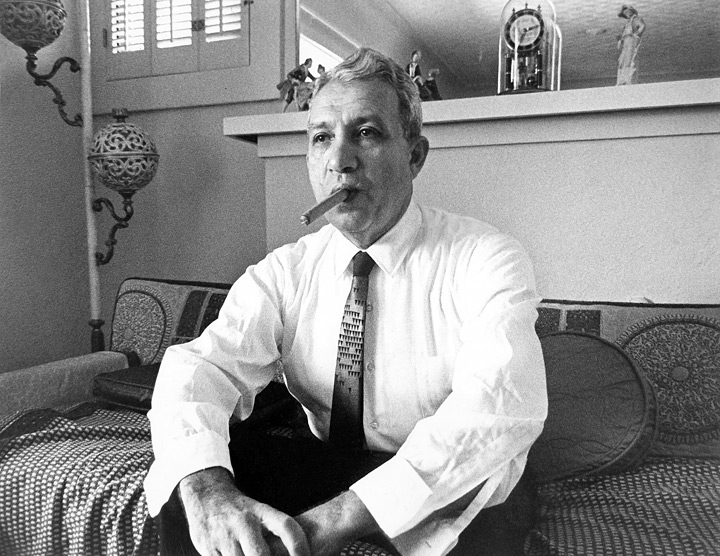
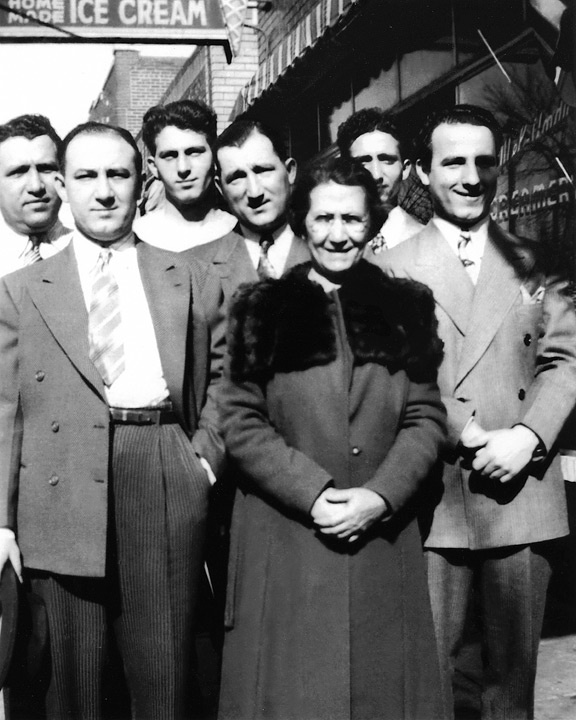
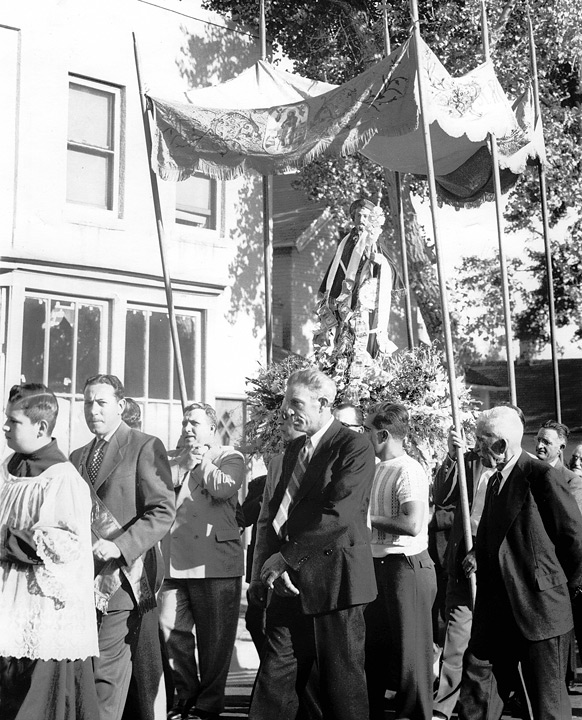

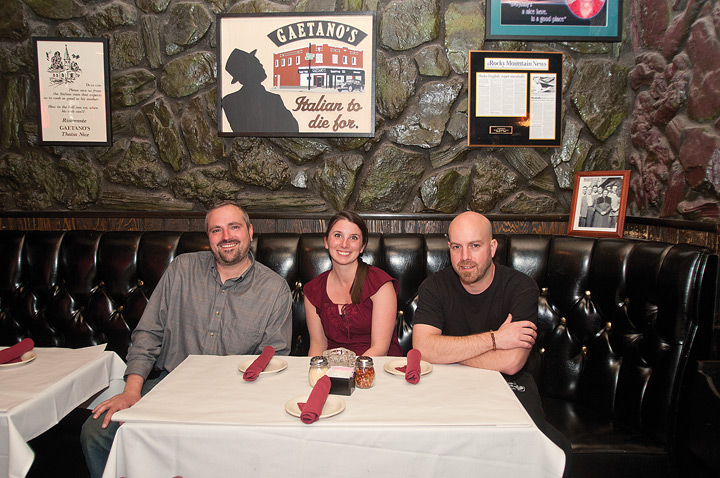
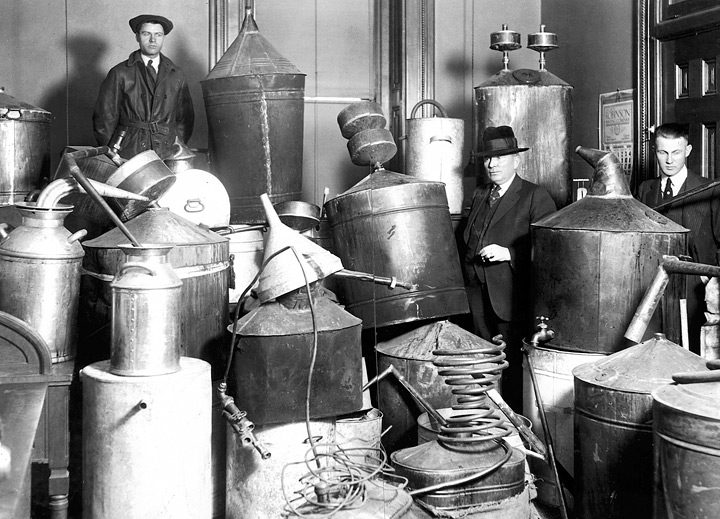

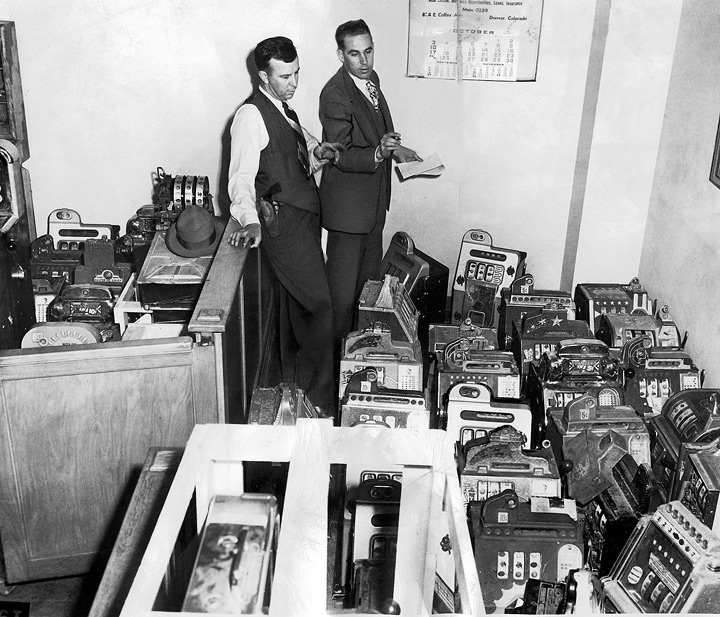
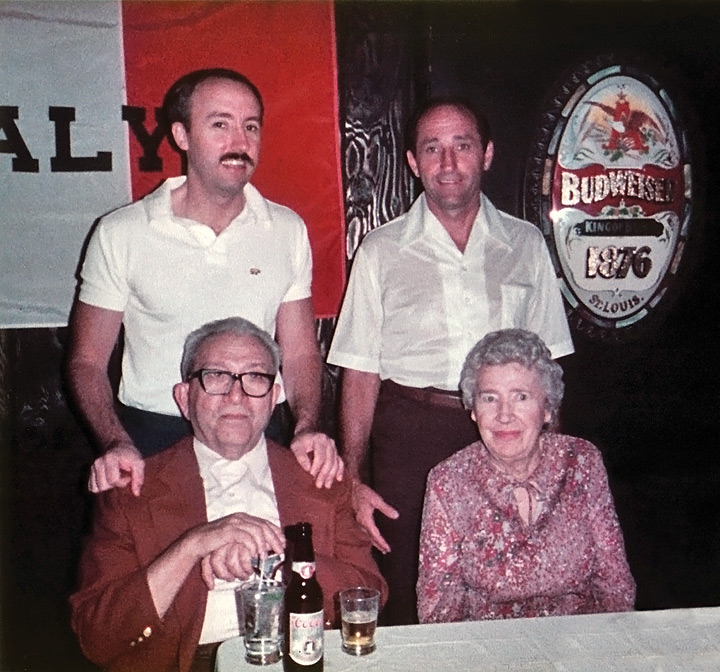
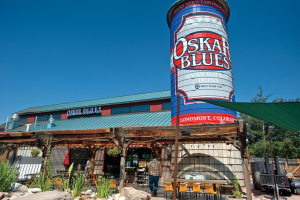
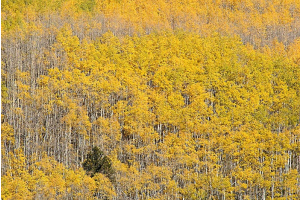
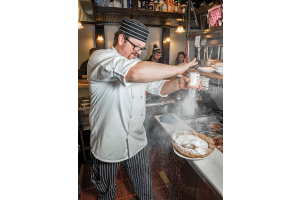
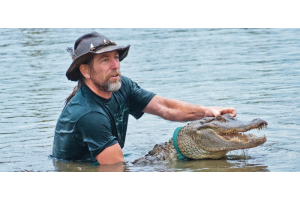
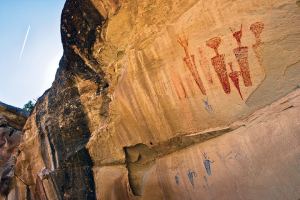
The information below is required for social login
Sign In
Create New Account